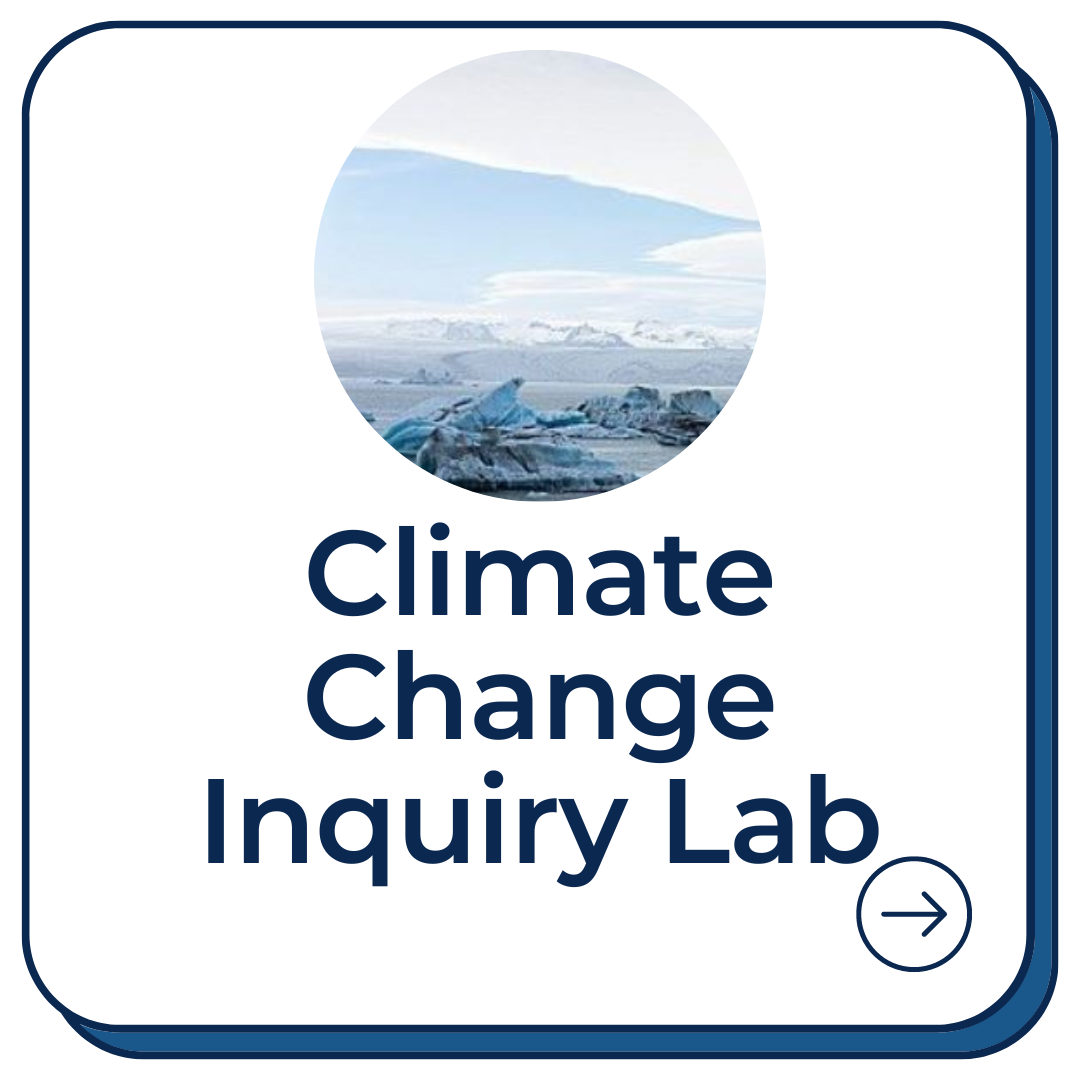Hands-on learning invites students to discover the world by engaging with it directly, something our brains are geared towards on a profound level. When you think over your time in school, what classroom activities do you remember the best?
I’d be willing to bet that for a lot of people, the answer involves building something, cooking something, taking something apart, planting something, pouring one substance into another…in short, getting your hands dirty. Hands-on learning invites students to discover the world by engaging with it directly, something our brains are geared towards on a profound level. Why not harness this powerful pedagogical method to teach students about one of the most pressing issues of today: climate change?
Of course, when selecting climate change activities for students, you want to make sure that they really complement the material you’re covering. A well-chosen hands-on lesson can liven up class time, engage your students, and help them to understand the subject matter more deeply— plus, it’s likely to be fun. Building climate literacy in your students can be a lot of work, but we’re here to help. To start, check out these seven climate change hands-on activities.





































